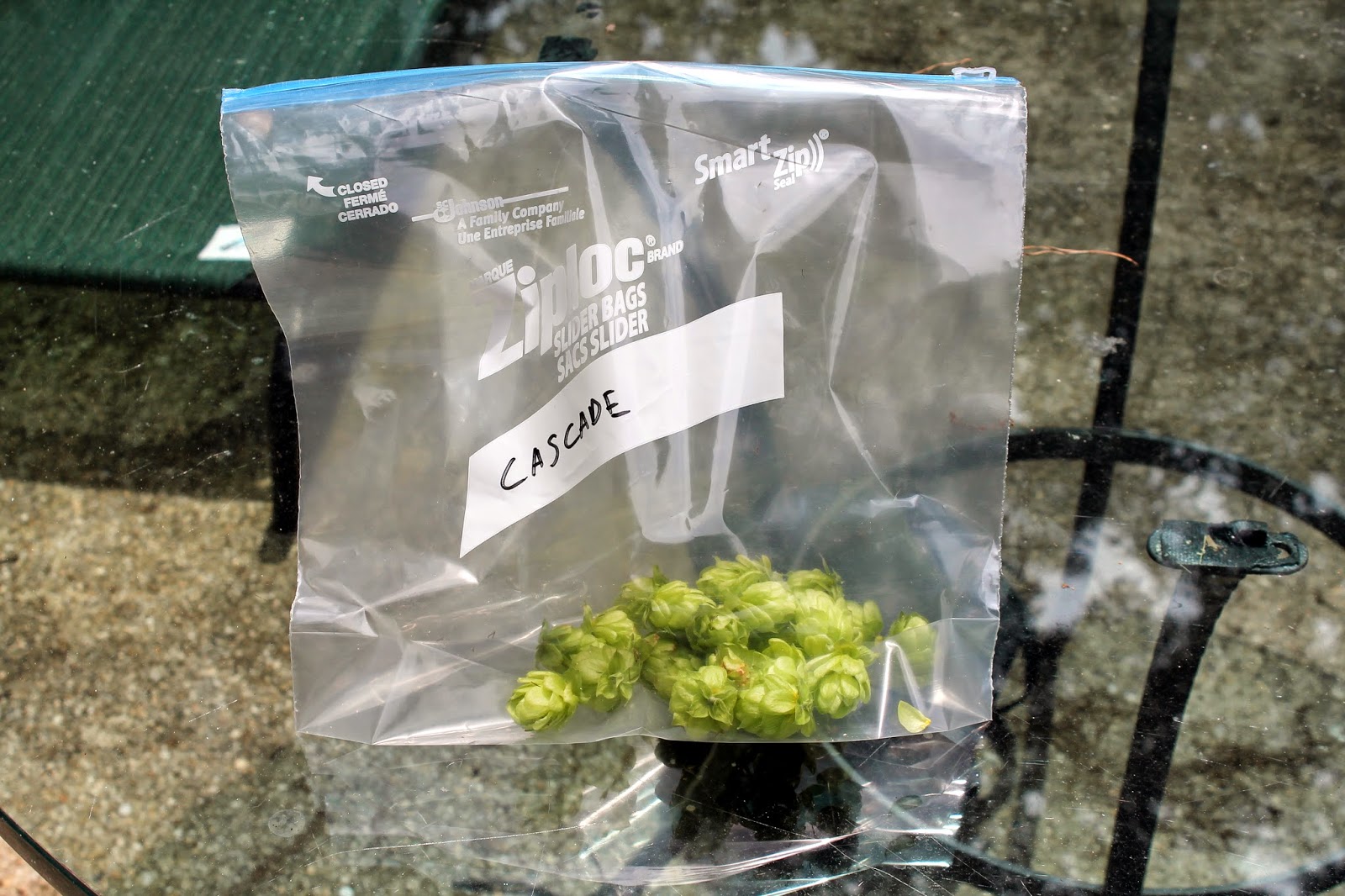I have previously seen what I thought was an assassin bug in amongst my hops, particularly the Columbus. For the past couple of weeks there is one that has remained on station in the same spot:
I think I have now identified this as a juvenile wheel bug that hasn't yet developed the characteristic wheel on its back. Staying patiently in one place like this immediately made me think of Horton hatching an egg:
The big difference being that instead of waiting for an egg to hatch, it's waiting for another bug to come along so that it can stab it with its beak and inject digestive enzymes that will liquify it from the inside which can then be sucked out. Yum! The intention may be very different but it is always in the same spot every time I look. I just hope it's getting enough to eat. Never thought I'd be coming over all maternal for an assassin bug. As Dr Michael Raupp of the U. of Maryland is quoting as saying on the Wikipedia entry: "They're the lion or the eagle of your food web. They sit on top. When you have these big, ferocious predators in your landscape, that tells me that this is a very healthy landscape, because all these other levels in your food web are intact." Needless to say, I'm feeling a little better about my efforts at organic hop farming.
Just so as to update where the hops have gotten to. The Columbus has come on with an extra growth spurt, despite producing what I thought was a terminal cone previously. As you can see from this pic, it has reached the top of the twine available and is starting to just fall back down. Fortunately, it hasn't grown over to where the Cascade is, as that would make telling them apart a lot more complicated. You can also see that cone production has continued vigourouly despite my earlier harvesting:
The Cascade has also continued to produce cones after earlier picking:
The Willamette is producing a huge number of cones but they are some way from being ready for harvesting. They also look as if they will be ready at roughly the same time, in contrast to the other two plants:
Not bad for a plant that was pretty stingy last year.
Overall, there appear to be a lot of cones to look forward to in the very near future. Fresh hop beer awaits.



















